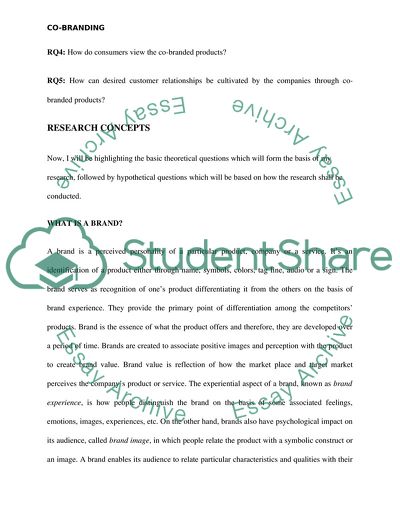Cite this document
(Understanding and Implementation of Co-Branding Thesis Proposal, n.d.)
Understanding and Implementation of Co-Branding Thesis Proposal. https://studentshare.org/marketing/1744170-brands
Understanding and Implementation of Co-Branding Thesis Proposal. https://studentshare.org/marketing/1744170-brands
(Understanding and Implementation of Co-Branding Thesis Proposal)
Understanding and Implementation of Co-Branding Thesis Proposal. https://studentshare.org/marketing/1744170-brands.
Understanding and Implementation of Co-Branding Thesis Proposal. https://studentshare.org/marketing/1744170-brands.
“Understanding and Implementation of Co-Branding Thesis Proposal”. https://studentshare.org/marketing/1744170-brands.


